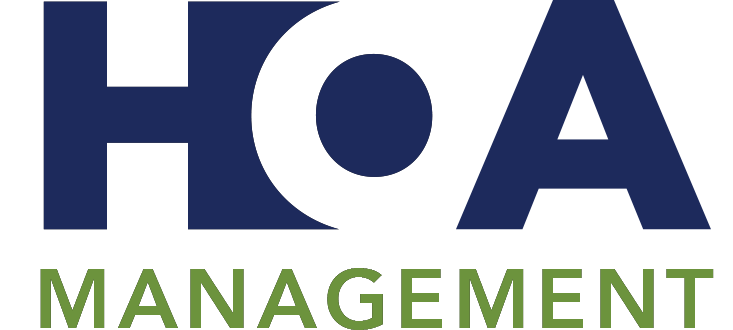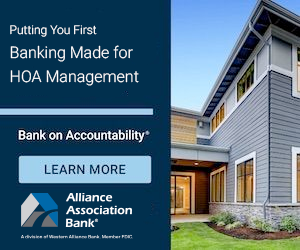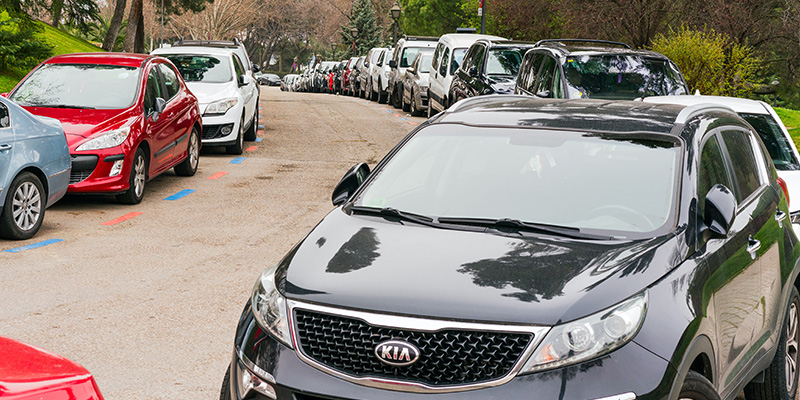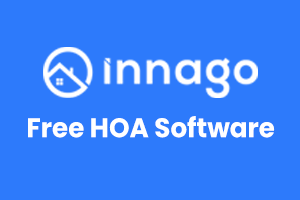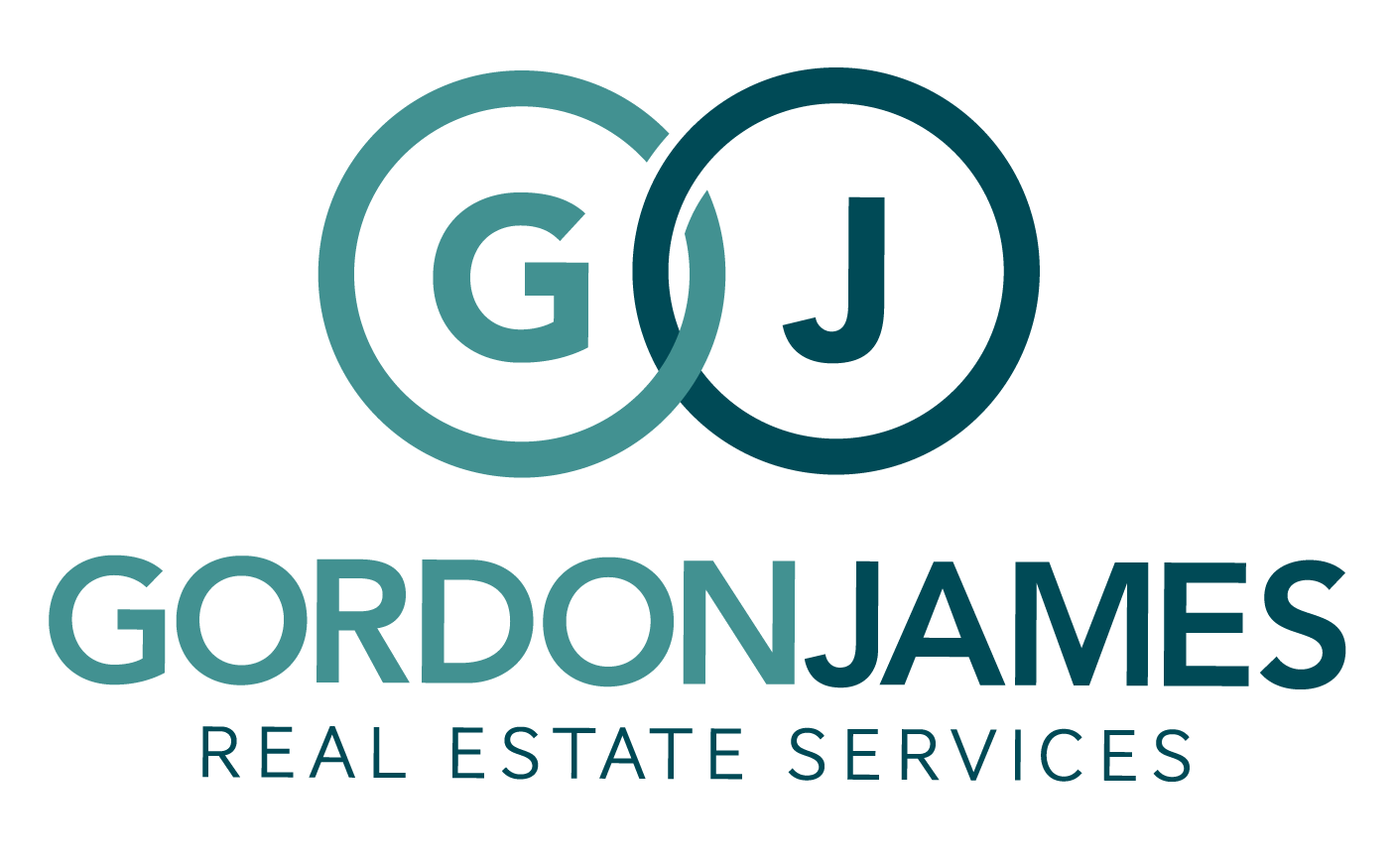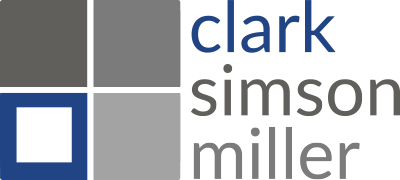Preparing Your HOA For Inflation
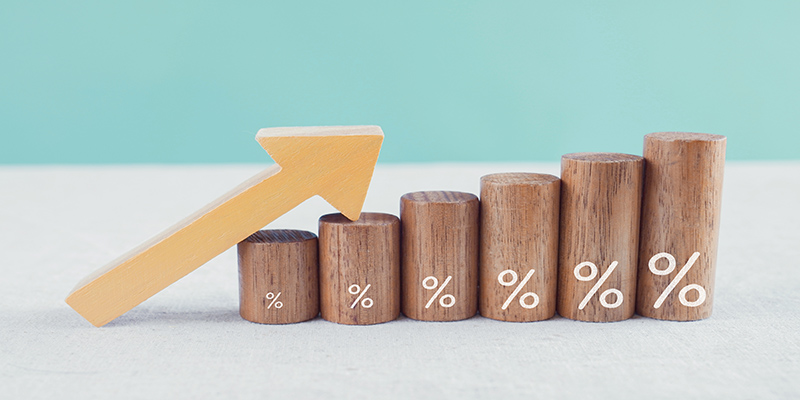
This article is provided by Arch Capital Solutions. Arch Capital Solutions specializes in arranging HOA loans for community associations throughout the country.
Browse By Category
Sign up for Our Newsletter
This article is provided by Arch Capital Solutions. Arch Capital Solutions specializes in arranging HOA loans for community associations throughout the country.
Inflation Is Here
Virtually, all economists agree that the economy is humming. The country’s unemployment rate is at the lowest level in 50 years. Housing prices are increasing in nearly every market in the country. The problem with all of the good news? Inflation. It is currently at the highest level in 40 years. Prices of everyday items from groceries to gasoline are rising with no signs of slowing down.
How Inflation Affects Your HOA
On the surface, unit owners within an HOA are likely pleased with the increase in the value of their homes. However, a high level of inflation is likely to have a less desirable effect on the long-term financial health of the HOA.
At a tactical level, expenses are going up for most HOAs. Landscaping costs are increasing as fuel prices rise and labor markets tighten. Property management, maintenance, and repair costs are also adjusting to reflect rising material prices and labor shortages. Utility bills are getting more expensive because they track higher energy prices. Even the premiums for HOA insurance are becoming pricier as insurers try to get their arms around potential risks.
The board may find their HOA under-funded for a project budgeted many years ago. We recently worked on a large-scale road project. The association’s much-dated reserve study had forecast the repairs to cost $2.5 million.
However, the analysis was conducted a long time ago and was never revised. Today’s cost is closer to $5 million. Regrettably, the HOA only had around $1 million in reserves for the project. The HOA now faces a $4 million shortage and current unit owners are taking the brunt from the poor planning and higher costs.
What Can Your HOA Do?
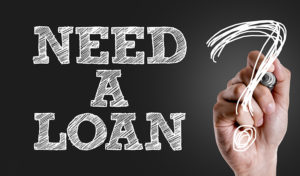 HOA boards should be planning for capital expenditures. Costs for large capital projects are likely to increase. In addition to labor and energy cost increases, supply chain problems continue to severely impact raw materials.
HOA boards should be planning for capital expenditures. Costs for large capital projects are likely to increase. In addition to labor and energy cost increases, supply chain problems continue to severely impact raw materials.
In light of the current inflation rates, HOA boards would be wise to revisit outdated reserve studies (if they don’t already do so periodically). A more strategic approach is for the board to consider other tools such as HOA loans.
For example, assume that an association anticipates a large capital project that will begin in a few years. The cost of the project in today’s dollars is $10 million. If construction-related expenses increase annually by 10%, the same project will cost over $16 million in five years.
In this instance, an HOA loan makes perfect sense. Assuming that the HOA finances are healthy, the board can enter into a loan with a relatively low-interest rate. They can use the proceeds to complete the project today rather than wait five years.
Compound Benefits
By completing the project today, the board will avoid future cost uncertainty. Loan-related interest payments will be considerably less than $6 million. The association will also eliminate the risks associated with future funding. If the HOA were to need a loan in five years, the interest rate environment could be considerably less attractive.
Potential buyers are likely to discount the pricing uncertainty when a future project is necessary but left undone. They are fearful of cost and financing uncertainty, not to mention, general disrepair. Typically, home values are more likely to increase after a project has ended and buyers can see the community improvements.
Although inflation is here and prices are rising, the cost of debt has remained very low. Today’s Goldilocks scenario has created the perfect opportunity for HOA boards to think strategically about using debt to tackle large impeding capital projects. Perfect opportunities are not likely to remain intact forever. If your community is facing an imminent large capital project, let us help you strategize and model your loan options.
Trending Now
Related Article
Sign up for Our Monthly Newsletter
Sign up below for monthly updates on all HOA Resource

